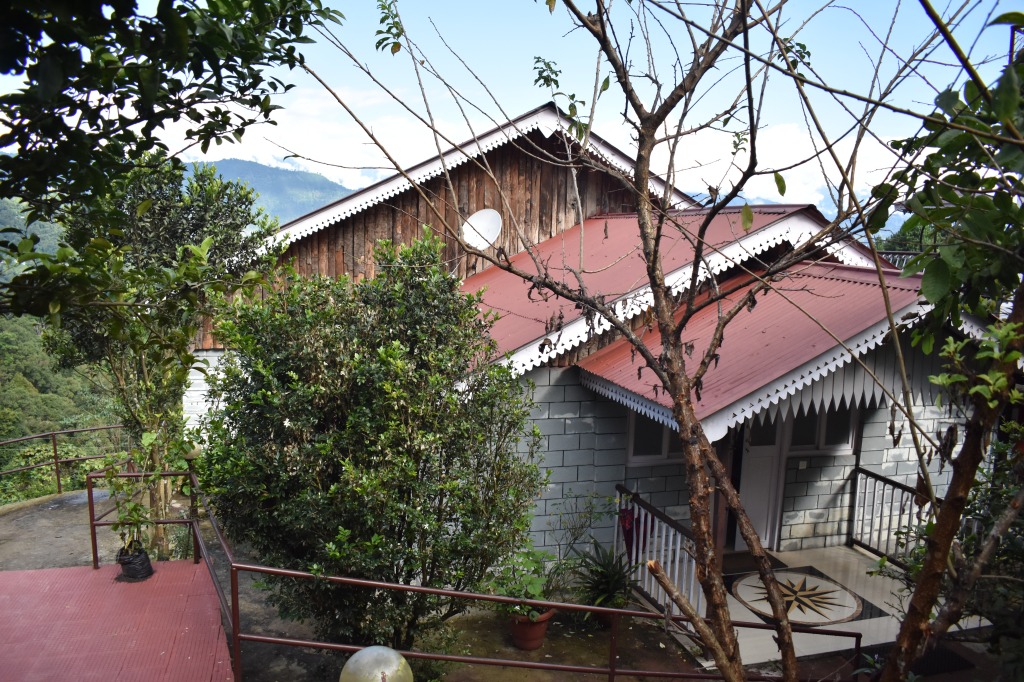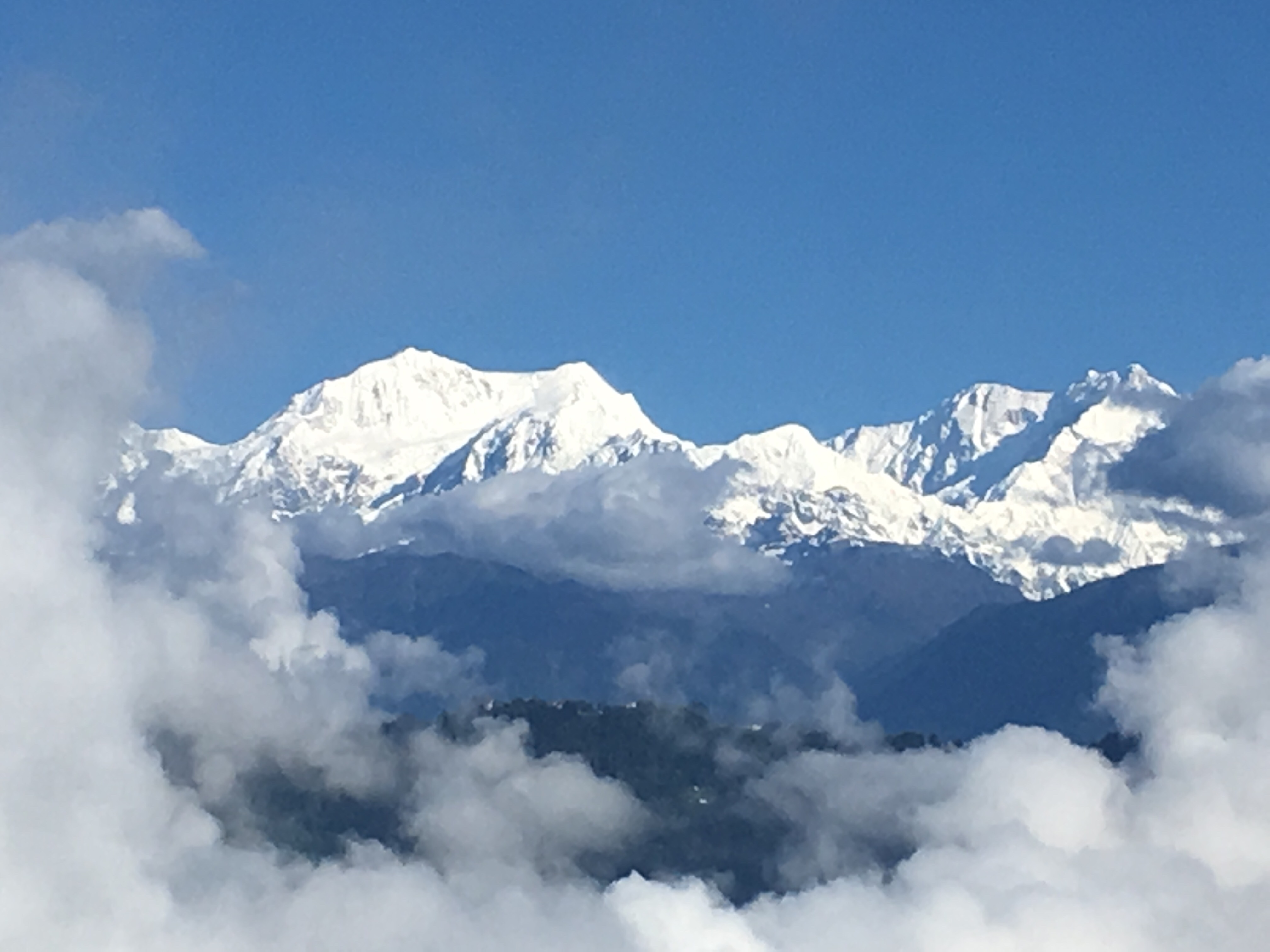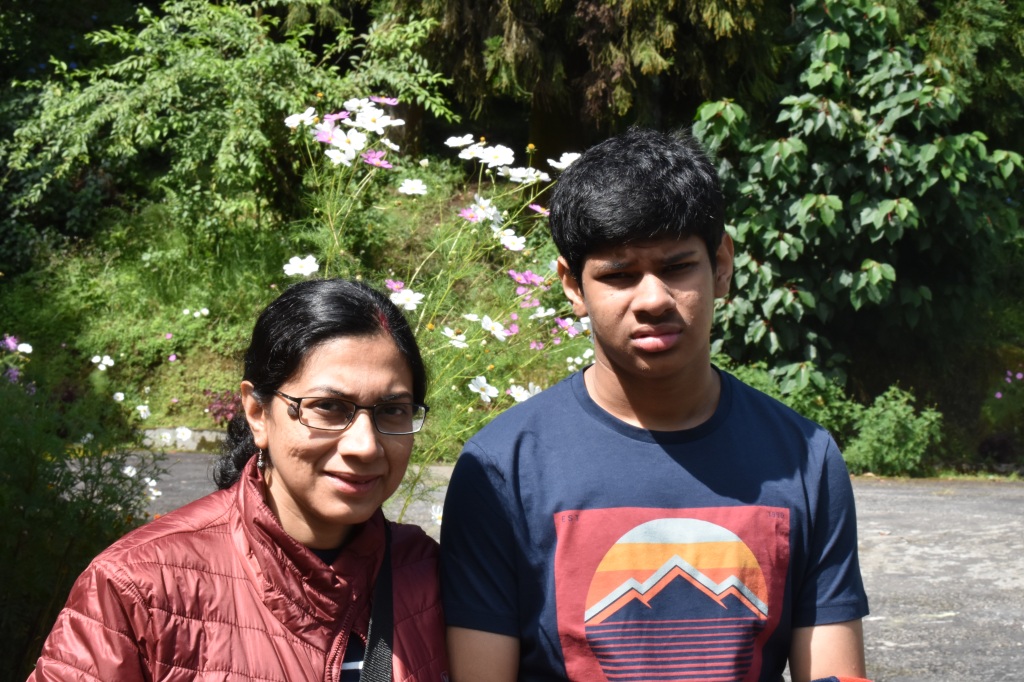Sickness, you know, has a certain smell and, perhaps, even colour. It has its character as well; for you can sense its coming, its being in your room and then, suddenly, inhabiting your self. The fever came one Friday morning like it knew no resistance and made me take to my side of the bed. It came in waves until the thermometer raged in its calibration. Fear gripped me, for surely, the fever might be having a daunting name. Needles and syringes and blood tests, but it was only a viral attack and the prescription was only paracetamols. Nothing to worry, I was assured. Yet, the paracetamols continued its race in my body, three, four, sometimes, five. Until my entire being tasted of that medicine – pungent and sick; until my confidence shook in even dressing myself decently, or even to make out of my room. Nothing came to avail. Words did not penetrate, weather did not matter – all I was conscious of was the sweet touch of my pillow and the snugness of my shawl. Life continued beyond my bedroom, but I was not interested. This was also the festive season, and sometimes I got worried of not being able to make the required purchases. Necessity did not provide me with any inventive fervour. I withdrew into a quiet stare across the window – friendless, wordless and into an empty void, as if there was no tomorrow. But tomorrow gave in to more tomorrows and eventually it was sasthi, the sixth day of the moon, and the beginning of Durga Puja. I had somehow tottered to my workplace a couple of days earlier to complete a few necessities before the autumn break. I was still unsure of myself. Before long on the eighth day of the moon, I was severely sick, until I again got the feeling that there would be no tomorrow.
Nevertheless, the next day was the day that we were to leave Kolkata for the hills in the North of Bengal and Sikkim. I had somehow managed to pack a few clothes, and forgetting many necessities, hurried through a short flight and a reasonably long drive to Kaluk, in western Sikkim. The weather was not good; the clouds had descended, in that high altitude, the vision was unclear and it was raining.
Kaluk is a small village by the side of the hills and close to Rinchenpong. The mainstay seems to be tourism and there are a handful of resorts and hotels on the downside of the hills. We reached Mandarin Village Resort late in the afternoon. It was a cottage that would be our home for the next few days. They called it the Suite, and it comprised of two bedrooms, a dining cum living area and, most interestingly, a terrace and hanging out zone. In the hills, houses occupy different planes and it is common to manoeuvre oneself through several levels. Ours was a cosy nook, snugly tucked away among trees and leaves. But it oversaw a huge expanse of the hills – the Himalayas. The Kanchenjungha was our mission, but the clouds seemed to think otherwise.
There was nothing to distract, no chores, no familiar face, no obligations, it was just me and the hills and a comfortable room. For the first two days I drifted into occasional sleep. There was some boredom as well, for the city bred like us are accustomed to keep their hands and toes and minds busy with something or the other. But here there was, apparently, nothing. And I did not have the incentive to bring a book with me, or even a notebook. On some second thoughts I seemed to slip a fountain pen into my hand bag. A fountain pen, mind you – needless fetish, one would say. Anyway, complying with the norms of science, the ink bled as soon as the pen was uncovered. But there was absolutely no paper. The nearest market would be a trudge uphill, deceptively simple, looking at the ease of the local people, but a trudge nevertheless, for the city bred like us, possibly a climb of ten or twelve floors, judging by modern standards. I made that climb thrice before I found a shop open which sold me a humble exercise book.



It was a simple test of how ardently I wanted to put pen on paper. The last few days had been spent on complete abhorrence on anything written or printed or to do with books. And here there was not even a newspaper. I ardently began to long for something to read. The phone was not a very cosy alternative to an already stressed eye. And besides, one sought natural alternatives. Paper is natural. Books are natural. Silence seemed more natural and one preferred the pitter patter of rain drops on tin roofs, the movement of clouds in front of one’s eyes; thoughts drifted to Kalidasa and the career of his clouds. The little hamlets on the hems of the hills, the glow worms of light intensifying as evening gave away to dusk. Small things began to disappear, arguments, bickerings, squabbles, schemes and machinations. One started wondering about permanence and transcience. The hills are witness to much, standing in mute witness to the many vagaries of time and the seasons. Humans come and go. Each one of us has tales and become tales. The hills live in our hearts.
The next day brought sunshine; and with it the cherished Kanchenjungha. We stared at it in mute wonder. Between the hills and clouds we knew not what camaraderie existed, for they made absolute fools of us, petty humans. Who knows how they actually look, the clouds revealed and concealed, even bamboozling the sun. The clouds created shadows and clarity they played about in their own rhythm and harmony.

The day seemed rich to go sightseeing and what better than to go to a monastery, and immerse oneself into more, more tranquillity. En route and from the Rinchenpong monastery, we passed across a sahib bungalow. Imagine, having a bungalow at that derelict altitude? But so it is. The property lay vacant, although the gates were open and we hazarded going in. Calm and empty, the place was home to many wild flowers, but given twilight or dusk, the place seemed decidedly eerie. We also took some photographs.
Nearby, there was a lake, which legend says, was poisoned, but we could not discern where exactly. Legend has it that the locals wanted to kill the sahib, but he was saved. What happened was that many British soldiers died in and around 1860, and caused some of the British forces to evacuate. People believe the lake to be still poisonous. Nevertheless, who needs a lake when minds are so poisoned? The trails seemed indistinct. Perhaps the lake had dried up.

We saw another monastery and this time we could enter the prayer hall and enjoy the pleasure of seeing the prayer flags.
Our next destination was the Singshore Bridge, near Pelling. This was a long ride from Kaluk and on our way we regaled at the beautiful landscape and the many waterfalls and cataracts. The bridge connects two mountains and is the second highest in Asia and longer and higher than the Lakshman Jhula suspension bridge across the Ganges in Rhishikesh, Uttarakhand. The thrills of being cradled by nature in such harmonious glory are many. Things could, however, get a little mundane with the craze for selfies and the urge to catch nature while one may, in so many ways.

We were slated to go to Darjeeling the next morning. Meanwhile, pampered by nature, I began to take a little more interest into things and began to see into the ‘life of things’. The physician was at work and had accomplished what she did best: offer salve to hurt minds.


Loved it…..brought images in front of my eyes as I read through
LikeLiked by 1 person
Thank you Sutapa! Glad to know this!
LikeLike
Kaluk is quite serene. Perfect for soothing a mind that needs such calmness. Excellent post, remembered our stay there about a million years back.
LikeLiked by 1 person
Thanks Siddhartha! I could remember you and Jaya at the very thought of Sikkim! Wanted to visit when I saw your pictures there. This comment means much.
LikeLike
You paint with words. Beautifully done!!
LikeLiked by 1 person
Thanks for your compliment! Could you, please, give in your name? 😊
LikeLike